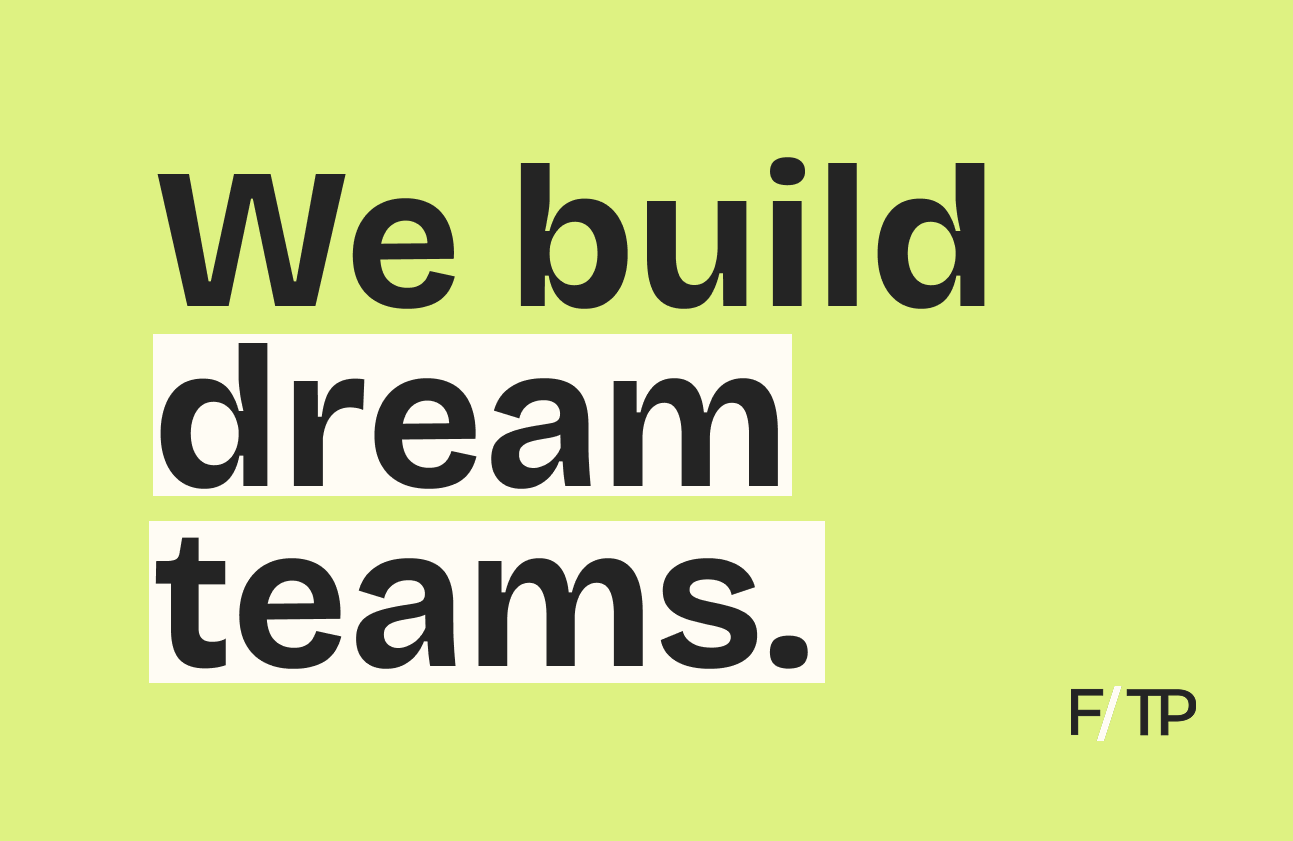After a year of uncertainty, heavier workloads, and no vacation, workers across America have had enough.
- A record 4M people, or 2.7% of the American workforce, quit their job in April 2021 alone.
- 44% of employees say they feel more fatigued at work than they did in 2020.
- 95% of workers are thinking about quitting, citing burnout as the top reason.
Soul searching. Leading the charge are younger workers, who have higher appetites for risk and greater demands for flexibility. Putting down spreadsheets and picking up passion projects, they’re now resigning en masse. According to Christina Wallace, senior lecturer at Harvard Business School:
“We’ve all had a year to evaluate if the life we’re living is the one we want… for younger people who have been told to work hard, pay off your loans and someday you’ll get to enjoy your life, a lot of them are questioning that equation.”
Battling burnout. Now, business owners are scrambling to address the “Great American Labor Shortage,” with over half reporting “significant workplace issues” following soaring rates of burnout, stress, and depression.
As the pandemic rages on, employers must prioritize workforce well-being in order to entice and retain talent. Across all industries, new wellness initiatives are being rolled out.
- LinkedIn, Nike, Bumble, and more have given their employees a week (or more) to log off and destress.
- Google, SAP, Cisco, and others have instituted company-wide mental health days.
- Even the finance industry is joining in — Houlihan Lokey is sending bankers on fully expensed vacations, while Credit Suisse is awarding $20,000 “lifestyle” bonuses.
Meanwhile, others have substituted office perks with teletherapy subscriptions, childcare services, and even Peloton memberships. Over 43% of HR managers report added perks as a result of the pandemic.
Looking ahead: Many say these initiatives simply aren’t enough. Hustle culture remains deeply ingrained in our collective psyche and continues to wreak havoc on our health, physical and emotional. Though these changes are a step in the right direction, both employers and employees may need to reevaluate their paradigms of work-life balance to bring about meaningful, lasting change.






